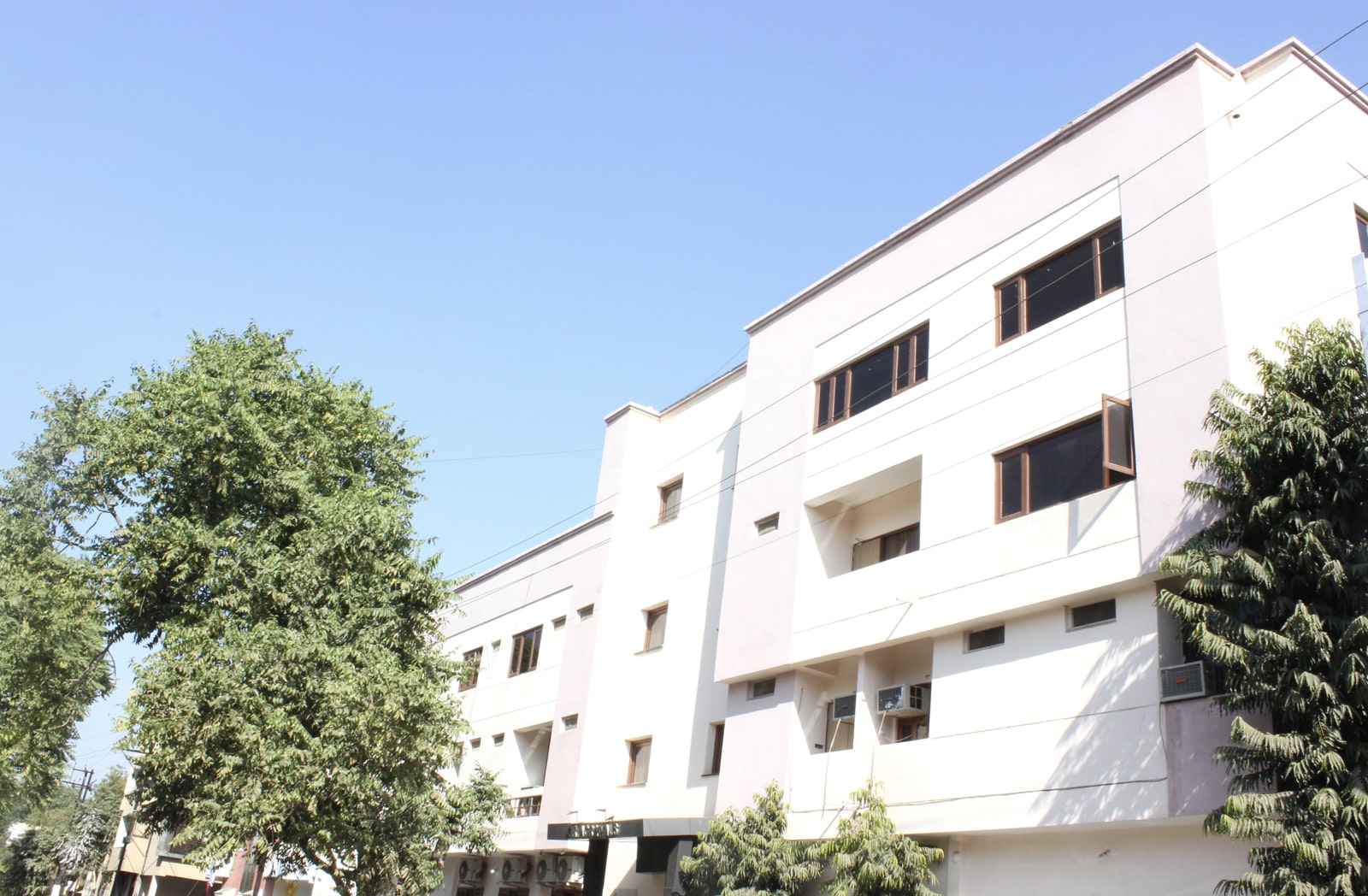
The ENT vertical at AHRI Gwalior provides an extremely qualified and well-experienced squad of professionals. We at AHRI aim to satisfy all ear, nose and throat-related issues with utmost professionalism. AHRI is the best ENT center in Gwalior providing world-class treatment to its patients at much cheaper rates.
The institute is competent enough to deal with all kinds of emergency and non-emergency services including most critical surgeries as well. Agarwal’s ENT center in Gwalior features a well-established team of experts in audiology, cochlear implant surgery, and rehabilitation to provide essential health care for sensitive issues.
ENT team at AHRI works under the two highly acclaimed and best ent surgeons in Gwalior, Dr. S R Agarwal and Dr. Rahul Agarwal. Dr. SR Agarwal is one of the best ENT surgeons in India who has been serving his patients for more than 50 years. Pioneered in almost all the verticals related to ENT treatments, Dr. S R Agarwal holds experience in conducting over 100 successful surgeries.
Dr. Rahul Agrawal became the youngest ENT surgeon in India to perform Cochlear Implant Surgery. He performed his 1st Cochlear Implant Surgery on 21st July’2010 at Agrawal Hospital and Research Institute, Gwalior. The patient was a 3-year-old child, deaf and mute from birth. Dr. Rahul Agrawal has experience of more than 200 cases of successful cochlear Implant surgeries.
ENT wing at AHRI is well equipped with all the latest technological advancements and state-of-the-art infrastructure. Addressing medical needs of every patient is our prime goal. The vertical in its best capacity utilizes technology and aims to facilitate its patients with utmost care and compassion.





